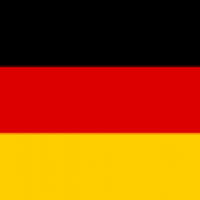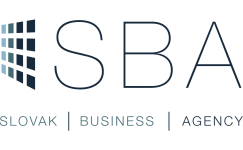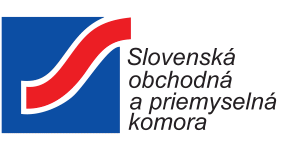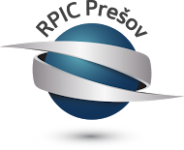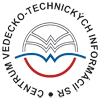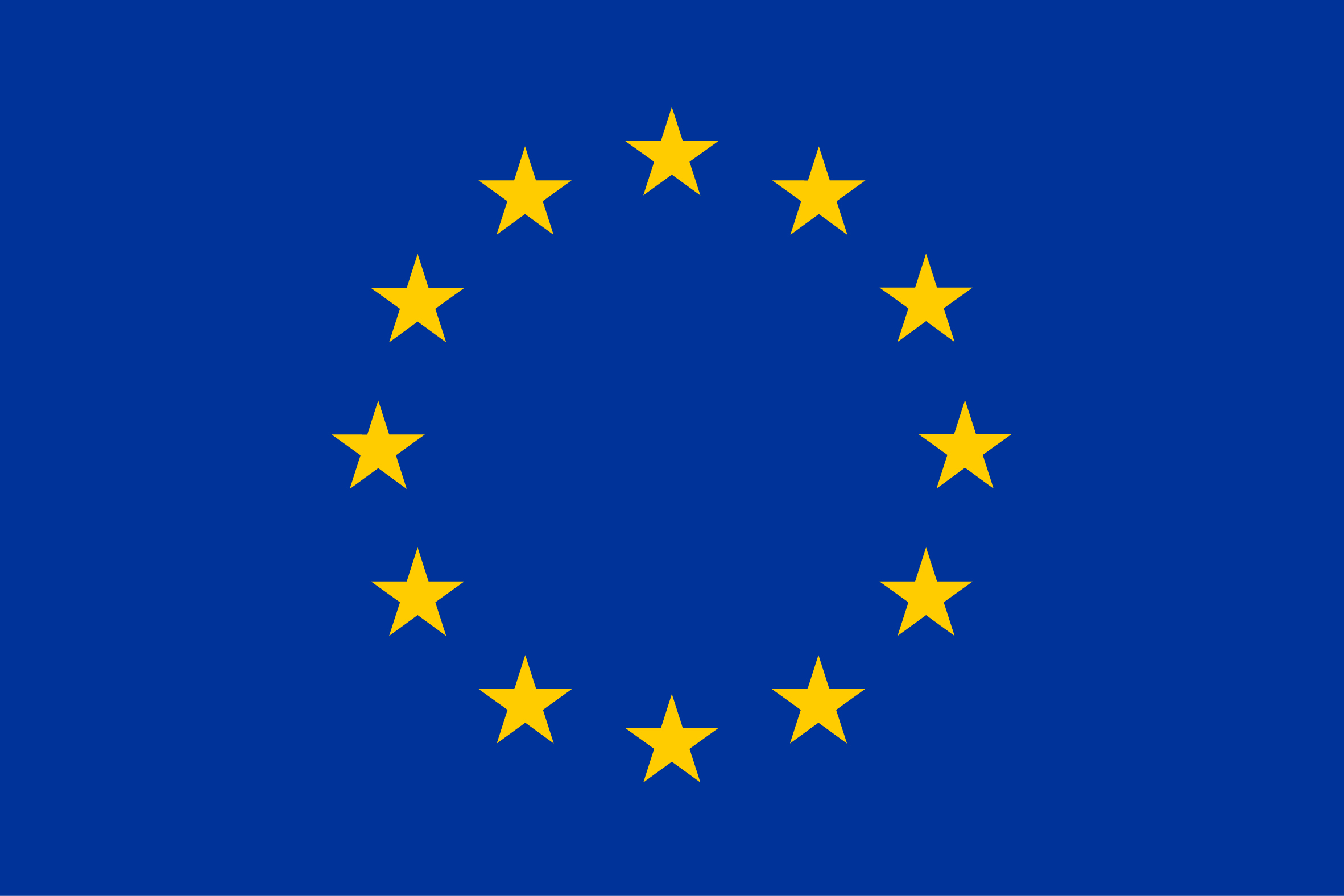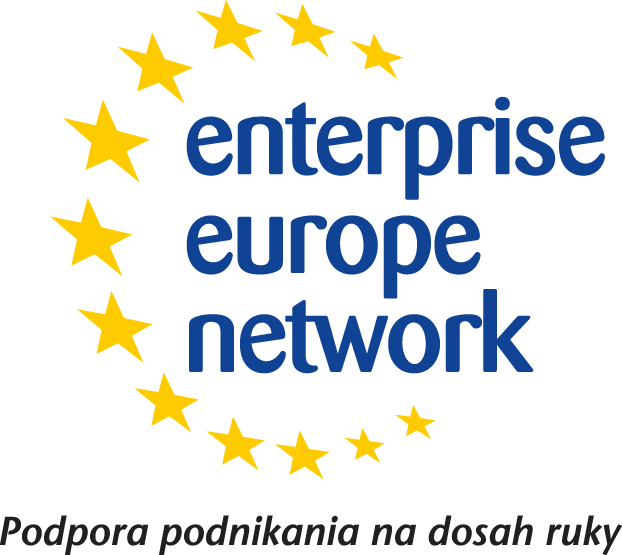Summary:
A German SME wants to develop a high-power LED spotlight for industrial outside applications and needs a cooperation partner for the development of an optical module that shall be implemented in the novel LED lighting solution. A cooperation in the frame of a technical cooperation or a research cooperation agreement is envisaged.
Description:
The invention of the light emitting diode (LED) revolutionized our society. 50 years ago the LED technology was still used only in the field of state signals with red colour. In 1996 the white LED was developed and gave an important impulse for the further development of semiconductors. Nowadays, every six to eight months a new LED generation is entering the market. Even if the best LED retrofit lights had a performance of about 90 lm/W in 2013, the latest modern LED modules perform up to 130-160 lm/W. One can state that the LED has overcome the conventional lighting systems and has replaced conventional lights in many different applications.
But in large-scale applications like outside industrial plants or port areas conventional lighting systems with metal halide lamp spotlights are still used. This kind of spotlights has a huge energy input of about 1000 to 2000 watt. They have a low colour temperature as well as a comparatively short life-span. Furthermore, it is not possible to integrate, control or manipulate the lights by digital control devices. The used conventional control devices can only turn on or off the light. The limit in the field of light emitting efficiency of the metal halide lamps is about 150 lm/W with a light colour of 2.000 K and a colour reproduction of Ra=25. That is the reason why metal halide lamps cannot be used for security-relevant fields like e. g. docks (port), railways loading platforms, chemical plants or petrol stations etc.
If metal halide lamps works with a more white light (about 5.500 K) and a colour reproduction of Ra>25, the life-span of these lights is reduced from 12,000 hours (h) to less than 1,000 h.
Modern LED technology is no limited in that way and is therefore a very good alternative to the metal halide lamp spotlights regarding life-span and colour temperature and have – in relation to the working temperature – have a life-span of far in excess of 100,000 hours.
However, there are no compact LED high-power spotlights availabe on the market. Available solutions are always large-scale constructions with a multitude of SMD-LEDs (SMD = surface mounted device) with a low single consumption (each 10-40 W) mounted in a heavy and unhandy lighting systems with a weight of about 20-50 kg. It is aimed at using only one LED module with an energy input of 300-600 watt and a lighting current of about 100,000 lm. The future of LED lighting will therefore be based on COB-LED modules (COB = chip on board) because one single COB module reaches the lighting current of a multitude of the conventional 100-200 SMD modules. In addition, the lighting systems with COB-LEDs are more lightweight compared with SMD-LED modules.
The German SME wants to solve the above mentioned problems regarding lighting solutions for industrial outdoor applications and is going to develop a novel high-power LED spotlight that is based on one single COB-LED module. This novel LED spotlight shall be smaller and more lightweight than the conventional used SMD-LED modules. An important part of this novel solution shall be an optical module that is necessary for bunching the light beams of the COB-LED spotlight.
The SME is now looking for a cooperation partner to develop this optical module or to adapt and implement an existing optical solution into its novel COB-LED module. The cooperation shall be based on a technical cooperation or research cooperation agreement.
Type (e.g. company, R&D institution…), field of industry and Role of Partner Sought:
The potential cooperation partner should have expertise/know-how in development and/or manufacturing of optical lenses, reflectors or TIR lenses (TIR = Total Internal Reflection).
Technical Specification or Expertise Sought:
The potential cooperation partner should have expertise in development and/or manufacturing of optical lenses, reflectors or TIR lenses (TIR = Total Internal Reflection).
Technical requirements for the optical module:
- light emitting angle < 60° (opt. < 10°)
- protected against insects, rain, splash water and airborn particles, at least IP classification 65
(The IP Code, International Protection Marking, IEC standard 60529, sometimes interpreted as Ingress Protection Marking, classifies and rates the degree of protection provided against intrusion (body parts such as hands and fingers), dust, accidental contact, and water by mechanical casings and electrical enclosures. It is published by the International Electrotechnical Commission (IEC). The equivalent European standard is EN 60529.)
- be made preverably of glass, but also other materials like plastics, borosilicate or silicone are possible
An imaginable solution could be an inhouse-developed TIR lense - a combination of a reflector and a lense used for very small exit angles.
Stage of Development:
Concept stage
IPR Status:
Secret Know-how
External code:
TRDE20180913001
